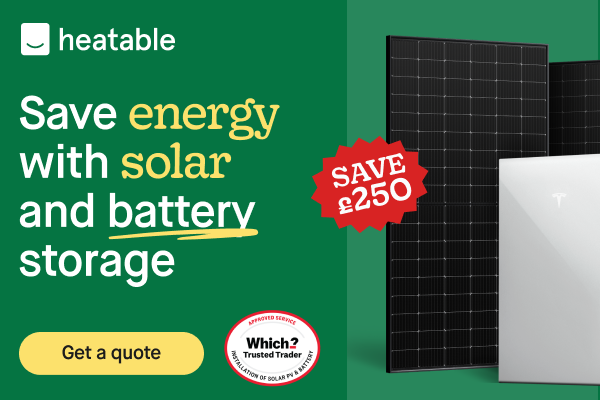An eco pod sounds appealing doesn’t it?
Small, cosy, environmentally friendly. You may not have stayed in one or even seen one before, but the thought of a little pod built with the environment in mind probably sounds very enticing. It does to me at least!
With yurts, shepherd’s huts and mini cabins all growing in popularity over the last few years, eco pods are the next accommodation type that will take the glamping market by storm. It’s not just glamping where eco pods can be used either.
Let’s take a look all about eco pods, their features, how they can be used and how much they cost.
What is an eco pod?

With eco pods, the clue is in the name:
- Eco – prefix, meaning connected to the environment
- Pod – small, simple, self-contained structure, often rounded in shape
An eco pod, or ecopod, is a small, self-contained, sustainably built structure.
Just like a real-life pod – whether it’s a pea pod or space craft unit – an eco pod usually has curved lines to mimic natures original form. Almost all eco pods will be timber clad on the outside to give it a natural look.
Are eco pods eco friendly?
To be classed as ‘eco’, the pod must be manufactured using sustainable choices and be as environmentally friendly as possible. For example, you’d expect all wood to be either FSC approved or come from local, sustainably produced sources.
In general, an ecopod isn’t built to a specific size. However, as pods are small by nature, an eco pod is usually on the small size with one to a few rooms or designated spaces inside.
As pods are a self-contained unit, eco pods are low maintenance. Sometimes they can be completely off-grid.
They may or may not be moveable/mobile depending on how they have been built, but in generally you won’t find an eco pod on wheels.
And finally, just like nature, eco pods are often beautiful, inspirational structures.
What makes an eco pod building?

Ok, so we know what an ecopod is, but what does this look like in reality?
An eco pod building goes hand in hand with simpler, more eco-friendly living. It should incorporate as many sustainable and environmentally friendly elements as possible.
Here’s a quick list of the key ‘eco’ features that may be included in an eco pod building:
- Made using sustainable produced natural materials – for example FSC certified wood, natural cork, non-toxic adhesives, natural wood protectors
- Use local materials
- Use of recycled materials where possible – this may include reclaimed timber
- Powered using renewable energy sources and be as off-grid as possible
- High energy efficiency rating and good natural eco insulation
- Green living roof – blend into the surroundings with a green roof. These can work on curved, flat and pitched roofs
- Interior furnishes using materials that are local, sustainable, natural, as well as second hand items
- A carbon neutral (at least) manufacturing process
In terms of heating, you’d expect an eco pod to have some form of efficient small wood burner. For the more modern builds, you might expect smart electric radiators or plinth heaters.
What can an eco pod be used for?
An eco pod can be a very versatile space.
Your immediate thought may have been for glamping holiday accommodation. But there’s more to eco pods than this.
An eco pod can be used for commercial, residential, leisure and educational purposes. Here are some of the more popular uses for an ecopod:
- Garden room
- Outdoor entertaining
- Art studio
- Garden office
- Glamping holidays
- Fitness studio and gym
- Eco classrooms
- Full time living – some can be made with 1-3 bedrooms
How much are eco pods?

If you’re buying a good quality eco pod from a UK manufacturer you can expect to pay anywhere from £15,000 all the way up to £70,000.
This is a big range I know, so let’s break it down a little.
For the higher end of range (say £30,000 and above), you can expect the eco pod to be of a high quality and using superior materials, contain plenty of the environmentally features above and be more or less fully furnished, ready to go.
The more you pay, the more you can, and should, expect.
It is possible to find cheaper eco pods for sale.
However, an off the shelf eco pod will be more of a shell for you to finish on your own.
For example, you might be able to buy an eco pod for £5,000-10,000 but it will be unfurnished and probably won’t come with basics you’d want a finished pod to have. Things like heating, insulation, electricity, plumping, interior units and furniture will all be extras.
If you want to rent out your eco pod on the glamping holiday market, then the quality is going to have to be high to keep the visitors coming. Although it will cost more in the short term, you’ll impress your visitors and make the best return on investment over the long term.
Eco pods UK for sale
There are a few British manufacturers who specialise in making eco pods UK.
As ecopods are fairly new to the scene, you can expect more pod makers to sprout up as they grow in popularity.
To find eco pods for sale take a look at the following UK makers.
Where to find an eco pod UK holiday?
If you’re not ready to buy yet, why not book yourself an eco pod holiday?
There are more and more popping up over the UK and plenty of excellent websites with a wide variety of quirky choices. Here are some of my favourites:

- Cool Stays
- Quality Unearthed
- Cool Camping
- Host Unusual
- Canopy and Stars
- Glampingly
- Eco Pod Holidays (Derbyshire)
And there you have it, all about eco pods, what they are and where you can find them.
You can pin this on Instagram using the image below and if you enjoyed the blog, you might want to read some more posts on a similar topics further down.












